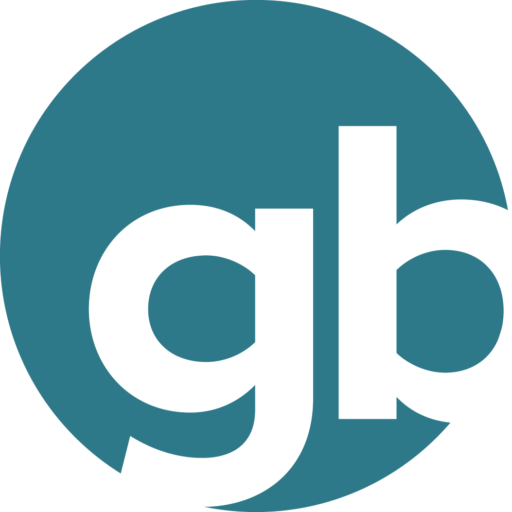By comparison, those businesses with more modest or static growth patterns tend to focus on more traditional mechanisms of price reduction and endless customisation of their products and services to clinch a sale.
The survey compares the behaviour of 168 companies. It found that those businesses with growth exceeding 20 per cent have the best people as the most important factor in gaining a competitive advantage in their marketplace, followed by flexibility to adapt to changing market conditions (ranked 2nd out of 14 possible criteria) and high levels of customer retention (ranked 3rd).
However, only a very small number placed particular emphasis on traditional strategies such as price reduction (11th), having a genuine unique selling point (12th) and having first mover advantage (13th).
These results are in stark comparison to what Grant Thornton describes as static businesses (less than 5 per cent growth per annum), which ranked having the best people as 4th and appear to be deploying the short term tactical expedients of price (5th) and unique selling points (6th) as the hooks to retain their customers.
Alysoun Stewart, director within Grant Thornton’s commercial and strategic solutions practice, comments that having the brightest and most intelligent people employed in a business not only delivers great product and market ideas, ‘but also generates a creative approach to developing the really effective processes that ensure world class service is delivered at every possible interface with the customer’.
The survey also reveals ten ways to create competitive advantage as a business:
1. Gain an integral understanding of the needs of the customer and make sure that the business is structured at every level to deliver them.
2. Do everything possible to enhance the customer experience at every interaction with the business.
3. Focus on developing an environment of corporate maturity within which the creativity of staff can be released – ensure that performance expectations are clearly communicated.
4. Ensure that reward structures are aligned with strategic objectives so that staff are incentivised to behave in ways that contribute effectively to business achievement.
5. he speed of change means that while quality of product remains important, it is the way in which the business interfaces with its customers that will differentiate one business from another.
6. Don’t scramble to be first to market at all costs if this would mean compromising quality or processes. It is better to be third with a flawless product than first with a substandard one.
7. Respond strategically, not just tactically to market demand. Tactical, decisions are necessarily short-term and must be part of a longer-term strategy.
8. Don’t customise and try to compete on price at the same time; and never customise unless it delivers margin.
9. It is always more cost effective to understand your market and to be responsive and flexible to changing market needs.
10. As a strategy, don’t compete on price, compete on service delivery. Recognise that if you are lucky enough to be able to compete on price as a short-term tactic, this will not be sustainable in today’s market conditions.
See also: The five key business growth drivers






